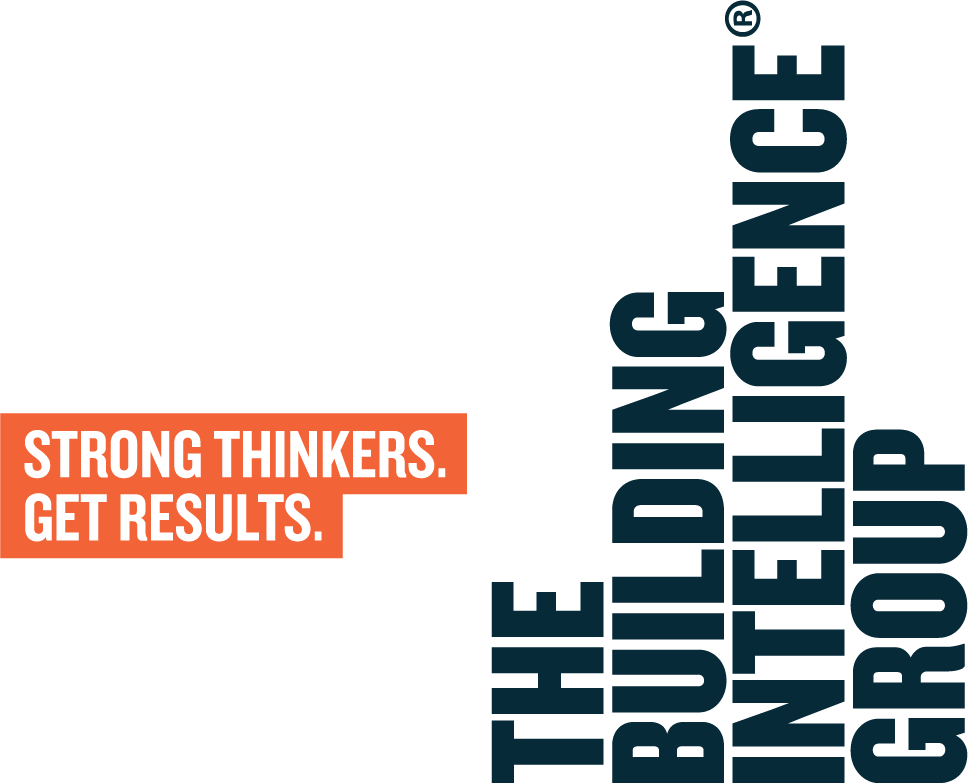No Voice Unheard: The Power of a Project Charter
In the dynamic world of construction, collaboration is key to success. But how do we ensure everyone on the project is working towards the same goals and values? A Project Charter is the best starting place.
I recently delved into the critical role of the Principal Requirements Document (PRD) in shaping projects to meet the needs of both principal and end-user. While the PRD captures the technical intricacies of delivery, we must also capture the softer aspects of project management, particularly the dynamics within the project team – understanding how to effectively lead, communicate, recognise success, and manage conflicts within the team.
One powerful approach to achieving this cohesion is by establishing a Project Charter. A Charter not only provides a structured framework for delineating team roles, communication channels, success metrics, and conflict resolution strategies, but also ensures everyone is aligned with the project's objectives from the outset.
It’s not about more paperwork and signatures; it’s about building a team.
Project charters are a powerful tool when used effectively
On a project TBIG delivered recently, I witnessed the positive impact of a comprehensive Project Charter. Our client developed a document with the project team outlining the project's overview, behaviours, innovations, and communication protocols. Appended to the construction contract, this charter included key principles from the construction sector – building trust, being bold, valuing people, and acting with collective responsibility.
The Charter wasn't a mere formality; it was brought to life through discussion. It was discussed regularly during monthly check-ins so the project team remained aligned and accountable.
In our experience, clients who are committed to fostering collaboration and communication have the most effective charters and the greatest project success. Prior to engaging stakeholders, the developer or client should establish their purpose, vision, and values for the project. As they engage with each stakeholder, they can co-develop the charter, incorporating shared values to guide project planning and execution.
Not all Project Charters can achieve such success. Lessons learnt from the industry tells us that the absence of a Charter can lead to significant ambiguity and disagreement among project stakeholders in the delivery of the project. Lack of clarity results in misunderstandings and conflicting expectations among stakeholders, leading ultimately to strained relationships and no clear pathway to resolution. Critical decisions get made without consensus, worsening tensions, and impeding progress.
TBIG walks the talk
We take our own advice. At TBIG, we have charters in place for our own leadership and project teams to set expectations of each other around accountability, consistency, integrity, communication, and respect.
Keeping the charter alive
Avoid the risk of the Charter being forgotten and rendered ineffective. Deploy strategies for keeping the Charter front of mind throughout the project lifecycle. Such as:
Collaborate from the outset – engage early and be proactive with stakeholder engagement.
Encourage project partners to share the Charter with their wider organisation.
Convert the Charter into a one-page poster, summarising the charter’s principles and display prominently on-site – everyone, from the main contractor to subcontractors, tradespeople, consultants team and every visitor to site can then easily access and understand the project's intent for its delivery.
Make the Charter a touchstone for regular project review meetings.
Implement Charter Health Checks periodically throughout the project – TBIG has developed a dashboard alongside our Health Checks which promotes transparency and ownership, enabling the team to collectively identify areas for continuous improvement.
What is a project charter?
Forget the dusty document gathering cobwebs in a drawer. A well-crafted Project Charter is a dynamic document, evolving and guiding the project team towards success from start to finish.
A Project Charter –
Is a living document, developed collaboratively by all project partners.
Is a comprehensive framework, outlining mutual objectives and project goals.
Fosters a shared understanding of the project's purpose, vision, and desired outcomes.
Establishes expectations for conduct, communication, and collective responsibility.
Gives a voice to all partners and fosters open and honest conversations about opportunities for improvement.
Enhances collaboration and resilience, leading to a more successful project.
Ready to unleash the power of a project charter?
Engage early with your project leadership team to develop your Project Charter.
Work closely with your project team and build partner when developing the Charter to ensure a comprehensive and inclusive approach.
Share the Charter with your wider organisation for even greater buy-in and transparency.
Be proactive in keeping your Charter alive and enhancing its impact.
A periodic ‘health check’ is an opportunity to reflect on behaviours and goals established at the outset and to refresh where necessary.
Consider incorporating a Principal’s Requirements Document to build more certainty into your construction project.
How can I help?
Engage early with TBIG to get an edge on your project. We’ll facilitate the development of a Project Charter with you and your project partners to help you tap into the collective. If you need additional firepower for your projects, we have specialist Strategic Advisory, Engineer to Contract, Project Controls and Programme Management teams throughout the project lifecycle. Get in touch to find out more.
Ehara tāku toa i te toa takitahi, engari he toa takitini – My strength is not as an individual, but as a collective.
Jamie Summers
Project Director / Auckland
Jamie Summers is a Project Director with The Building Intelligence Group in Auckland. You can get in touch with Jamie at j.summers@tbig.co.nz and find him on LinkedIn here.



